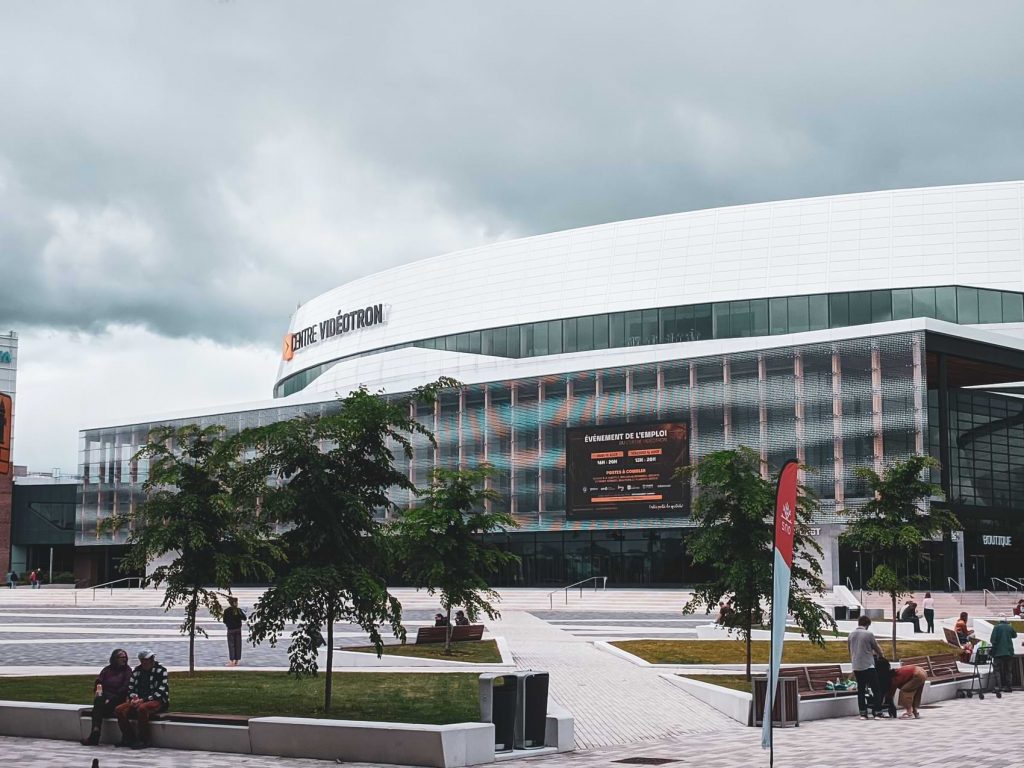This Summer, the Quebec telecom company Videotron announced their plan to provide the Bas-Saint-Laurent region with high-speed internet access. In a publicized news release, the company announced that they are receiving $39.64 million from the provincial and federal governments to help achieve their goal. The massive fund will allow them to provide 5,300 households with rapid internet access. What does Videotron receiving funds to bring high-speed internet to Bas-Saint-Laurent mean for the telecom industry? Or all of Canada? As expensive as this venture may seem, it marks an important shift in the government’s priorities, and points towards a bright future for Canadians.
Why is high-speed internet coming to Bas-Saint-Laurent?
First and foremost, you may be asking yourself where all this money is coming from. Quebec recently announced that they are teaming up with the federal government to introduce Operation High Speed. The initiative has a simple goal: to ensure the entire province has equal access to high-speed internet services. Since urban settings already have such access, this massive investment will focus entirely on rural Quebec. In total, the two governments are investing $826.3 towards Operation High Speed. If they succeed, they’ll end up reaching over 150,000 homes in Quebec that previously lacked such access. The operation seems ambitious but realistic, as they hope to have it entirely completed by September 2022.
The Bas-Saint-Laurent region is located along the south shore of the Saint Lawrence River. With a population nearing 2000,000, Bas-Saint-Laurent’s reputation is of high quality. Its proximity to the St. Lawrence River, the Notre Dame Mountains, as well as the borders of Maine and the Maritimes makes it a lovely destination in southern Quebec. Despite its desirable attractions, the region is still lacking in adequate high-speed internet access.
Further, the recent devastations of the COVID-19 pandemic have made life much harder for Bas-Saint-Laurent residents. Much like the rest of Canada, residents were forced to work and learn from home. This kind of lockdown lifestyle requires exemplary internet above all else. Unfortunately, due to their more rural setting, countless Bas-Saint-Laurent residents were not properly equipped to face a year of remote learning and work. With Operation High Speed, both governments are making it clear that they never want this to happen again. By installing high-speed internet across the entire province, 100% of residents will be well equipped in the face of another emergency situation that forces us all to stay home.
Comparison: Bas-Saint-Laurent versus Montreal
Videotron receiving funds to bring high-speed internet to Bas-Saint-Laurent points out a glaring problem in Quebec’s internet infrastructure. If high-speed internet can be considered a necessity, how come rural residents lack proper access to it? We can inspect this further by using PlanHub’s database of all internet plans in Ontario and Quebec. By accessing this service, we can easily find the fastest, most affordable internet rates across the entire country. For reference, in Montreal the highest available internet speed is 1,500 Mbps, while the cheapest available plan is $26 a month. With a population of 49,000, Rimouski is Bas-Saint-Laurent’s largest city. Their internet deals are slightly worse than Montreal’s. Their highest available speed is 1,000 Mbps, and their cheapest available plan is $30 a month.
However, once we start observing the smaller cities with populations closer to 5,000, a noticeable discrepancy appears. Temiscouata-Sur-le-Lac, La Pocatière, and Trois-Pistoles offer the lowest possible internet speed of 400 Mbps, 200 Mbps and 120 Mbps respectively. Once again, the price rates are all slightly higher than Montreal, but not significantly. Regardless, this huge deviation is concerning for workers living in rural areas.
Conclusion
Even if they have a variety of affordable plans to choose from, the lack of access to faster internet remains problematic. Large families with several devices, aspiring professional gamers, or workers that require mass downloading cannot have their needs met unless they move cities. However, the fact that Videotron is receiving funds to bring high-speed internet to Bas-Saint-Laurent is a big step forward. It shows that the provincial and federal government care about its residents that lack access to high-speed internet. If the initiative’s goal is met by September 2022, it would allow all Quebec residents to live comfortably. Hopefully, the rest of Canada will follow suit and provide suitable coverage to the entire population.








